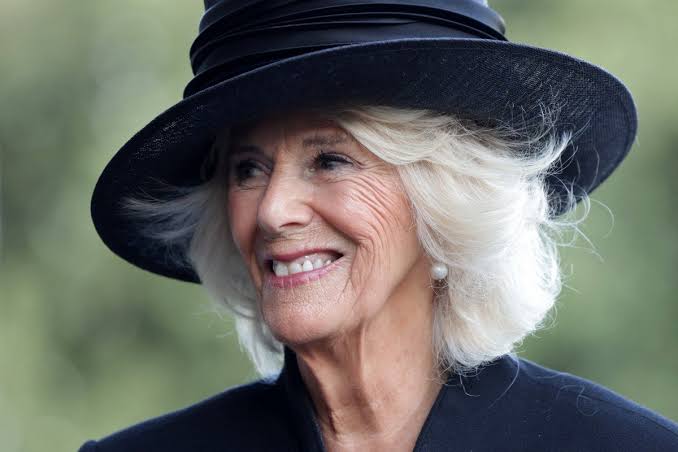Camilla, Queen Consort to King Charles III, has broken with precedent by doing away with ladies-in-waiting in favor of a group of five personal assistants who will be known as the “Queen’s Companions.”
For centuries, British queens have relied on a select group of well-bred “ladies-in-waiting” to act as their companions, confidantes, and trusted advisors. This role has been around since the Middle Ages.
Camilla, Charles’s second wife, has modernized the royal household by abolishing the customary title and some of its duties.
Not everything has been changed. The new role is essentially the same as the old one: a loyal and reliable member of the queen’s inner circle. However, the role is now narrower in scope and will require less frequent waiting on the Queen.
According to the palace statement released on Monday, the companions would “sometimes accompany” her and assist with some of her official tasks.
For instance, the announcement mentioned that “several of the Queen’s Companions will be appearing for the first time at Her Majesty’s Violence Against Women and Girls Reception at Buckingham Palace on Tuesday.”
In addition to her Private Secretary and Deputy Private Secretary, the Queen Consort will have a “Queen’s Companion” to help her with some of her most important official and State responsibilities.
Since the Middle Ages in Europe, monarchs have had a “lady-in-waiting” to help them with daily tasks like getting dressed and taking baths. When people started thinking that only persons of high social status could interact closely with a monarch seen as a divine figure, the role switched from being reserved for paid servants.
Despite the passage of time, several formal and arguably archaic titles, such as “Woman of the Bedchamber” for the lady-in-waiting who assisted the queen with her attire and “Mistress of the Robes” for the person responsible for the queen’s clothing and jewelry, have persisted. All of these positions are purely ceremonial, yet they form a hierarchy that was essential to the running of the queen’s daily life.
For the duration of her 70-year reign, Queen Elizabeth II had her own rotating cast of several close ladies-in-waiting. Elizabeth was accompanied by Lady Susan Hussey, arguably her most faithful lady-in-waiting, on the trip to the funeral of Prince Philip in April 2021.
During her six decades of service, she tended to the queen’s floral needs, attended royal events, and even watched television with her. She was close to the queen and was considered the “Number One Head Girl” in the palace. Marmaduke Hussey, Hussey’s spouse, was represented in the most recent season of The Crown as the BBC’s board chairman.
Serving as a lady’s maid did not come with a salary. Only aristocracy with unlimited money were eligible to receive this honor.
The palace gave the following list of Camilla’s new queen’s companions: “The Marchioness of Lansdowne (Fiona), Mrs von Westenholz (Jane), The Honorable Lady Brooke (Katharine), Mrs Peter Troughton (Sarah), and Lady Sarah Keswick.”
The palace has also announced that Major Ollie Plunket of The Rifles will be the next full-time equerry to the queen consort. According to custom, a royal equerry is a uniformed military officer.
As the British press had already predicted the potential of such a changeover shortly after the funeral of Queen Elizabeth II on September 8, the news from Buckingham Palace did not come as a surprise.
The remaining ladies-in-waiting of Queen Elizabeth will remain in Buckingham Palace to assist Prince Charles in hosting occasions. “Ladies of the household” is the new title they’ll be given, according to the Palace.
It has been stated that the next king intends to reduce the size of the monarchy by cutting back on the number of palaces and castles and the number of people employed by the monarchy.

Leave a Reply